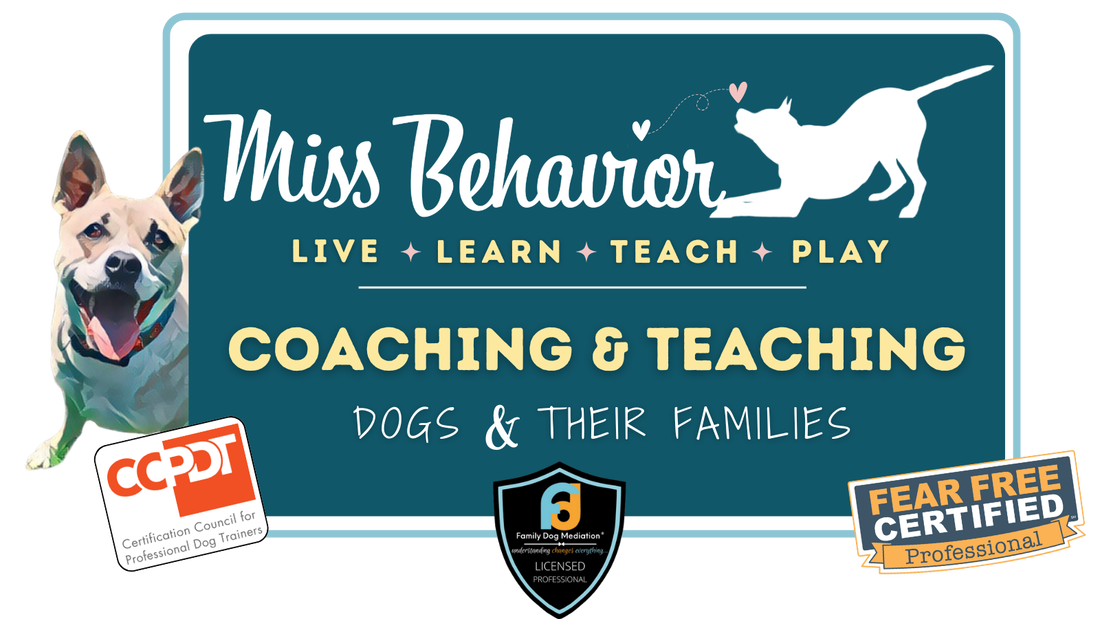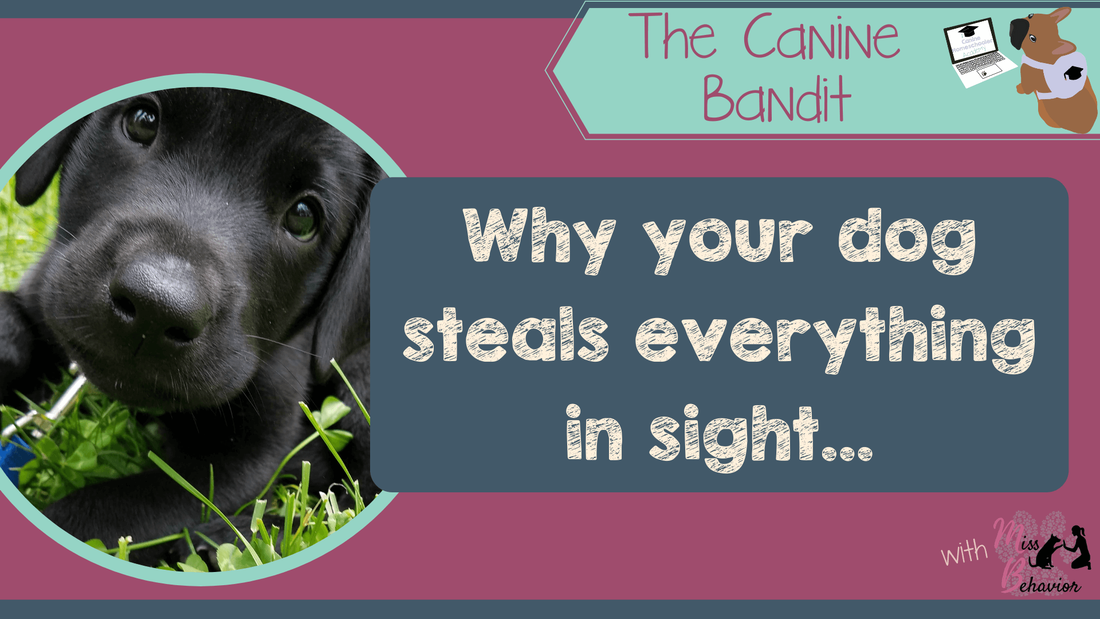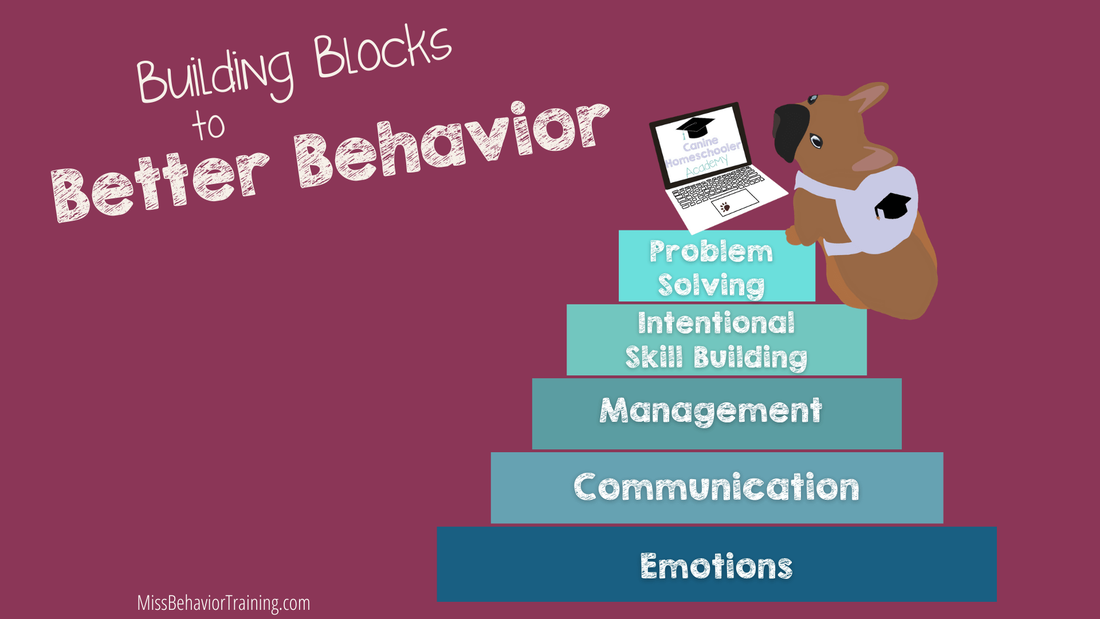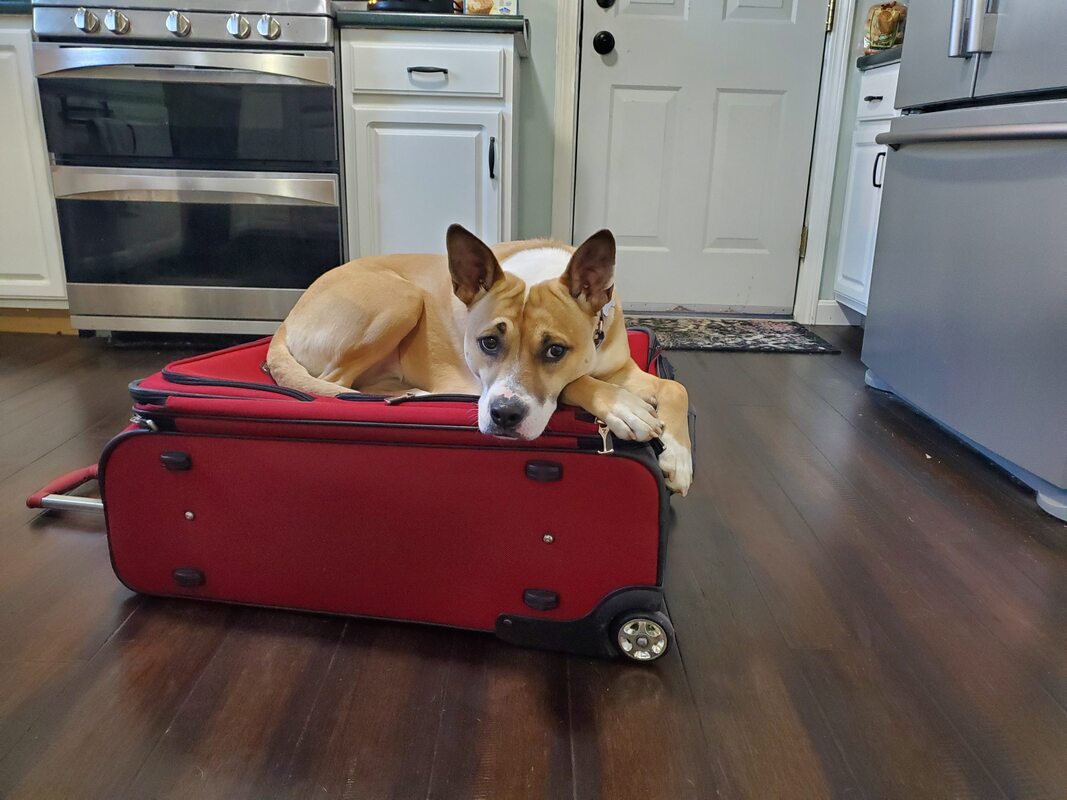|
What if I told you that many of your dog’s “behavior problems” aren’t about disobedience at all—but about confusion? What if they just had tons of questions… and we could actually answer them? What if your dog isn’t being dramatic, reactive, or stubborn—they’re just trying to make sense of the modern world?
And what if just talking to our dogs with intention and consistency could actually treat some of those behavior challenges? Because it can. And it does.
0 Comments
1/7/2025 0 Comments My Core Beliefs About Dog Behavior and Training: Building Trust and Connection with Your DogThe Foundations of Teaching Dogs and Coaching People: Understanding Behavior, Building Trust, and Strengthening Relationships When it comes to dog training and behavior, I believe in a relationship-based approach that prioritizes trust, understanding, and collaboration. Over the years, I’ve developed a set of core beliefs that guide how I help families and their dogs build stronger bonds and overcome challenges. These beliefs are the foundation of everything I do and reflect my philosophy on what it takes to create a happy and harmonious life with your dog. If you’re looking to better understand your dog, address behavior issues, or simply strengthen your connection, these principles may resonate with you, too. A Thank You letter to Dog Moms/Dad raising shy & worried pups Raising me probably hasn’t been easy. I want to let you know that I understand how much you give up for me on a regular basis. I recognize your efforts and how you stick up for me.
As we round out 2020 and head into a new year, there are 5 important messages that I need every dog mom out there to hear from me.
The guilt and shame in dog raising is very real and as I've been doing more coaching and less training, I have found that there are several things that keep coming to the surface. I want to clear the air and tell you what they are, right here and now Do you have a dog who loves to put everything in his mouth?Do you know the 3 main reasons why dogs will often steal items they shouldn't have?
Here's what you need to know, in order to get to better behavior with your dog
Whether you're questioning a problem behavior in your dog, you are wondering how to teach a new behavior, or you just brought home a new family member and are just wondering where to start, there are 5 important building blocks to making your way to better behavior with your dog!
11/25/2020 0 Comments Hosting a Thanksgiving meal?Here are some quick tips to keep your pup busy and safe during your feast!
Days like this are about the management, not the training. Hosting a meal or guests can be stressful enough. Use the day of to apply good management techniques and worry about changing any problem behaviors on another day
11/24/2020 0 Comments What's the behavior you want?When you are dealing with problem behaviors, there are two main directions you can go in, two paths to changing the behavior. Just like with kids, we can tell our dogs NO all the time, but it's exhausting. And it can be an uphill battle. So let's explore the two paths... Path A: Stop the problem behavior. Remove attention, remove access, give consequences (never physical). Tell your dog NO, don't do that. Stop running away. Stop begging. Stop jumping. Essentially, you have to wait for the behavior to happen so you can tell your dog not to do it. Or... Path B: Teach your dog a skill that is incompatible with the problem behavior. Your dog takes off with socks? Teach him to bring it. He can't run away with an item and bring you an item at the same time Your dog begs at the table? Teach him to stay on his bed. He can't beg and be in his bed at the same time Your dog runs away when you are trying to get him to come? Teach him to target your hand (touch your hand with his nose). He can't run away from you and offer that behavior at the same time What problem behavior are you dealing with? What could you intentionally teach your dog to replace that behavior? So Path A or Path B. It's your choice but I know what I would prefer! If you need help learning HOW to teach those replacement behaviors, that's exactly what my Elementary Pup Course in the Canine Homeschooler Academy teaches you
11/10/2020 0 Comments My favorite training toolDo you know what my favorite training tool is? I'll give you a few hints...
One tool that does all those things must be pretty expensive and special right?
I started my business in 2008 but what I do now looks very different from what I did back then. Now, I have two kids, ages 6 and 8, and since having them I moved from teaching group classes (in the evenings and on weekends) to focusing on one-on-one training. Prior to the Pandemic, I would travel from home to home while they were in school. I would work directly with clients and I had also developed a program where I could do much of the training with the dog while people were at work.
|
|
- Home
- About
- Blog
- Services
- Membership
-
Courses & Freebies
- All Courses
- FREE Boredom Buster Recipes
- COURSE: Building Resilience in your Family Dog
- COURSE: Managing the Leash Walk
- Potty Training COURSE
- Paws Off COURSE
- COURSE: Managing the Leash Walk
- FREE Attention Building Challenge
- FREE Scratchboard Training
- FREE Rest and Recovery Round-Up
- FREE Body Language 101
- Contact
- Home
- About
- Blog
- Services
- Membership
-
Courses & Freebies
- All Courses
- FREE Boredom Buster Recipes
- COURSE: Building Resilience in your Family Dog
- COURSE: Managing the Leash Walk
- Potty Training COURSE
- Paws Off COURSE
- COURSE: Managing the Leash Walk
- FREE Attention Building Challenge
- FREE Scratchboard Training
- FREE Rest and Recovery Round-Up
- FREE Body Language 101
- Contact
Search by typing & pressing enter

















 RSS Feed
RSS Feed





